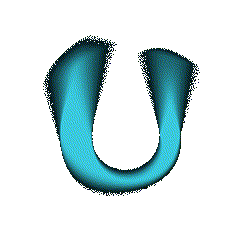Marius Petipa
Choreographer
(1818–1910)
Born in Marseille to a family of ballet master and pedagogue Jean Antoine Petipa and actress Victorine Grasseau, Petipa first appeared on stage in Brussels in 1831. He learned classical dance from his father and Augustin Vestris and appeared as the principal dancer in Nantes, Bordeaux, New York, Paris and Madrid where he also stated his career in choreography. He came to St.Petersburg in 1847 on invitation of the Directorate of the Imperial Theatres, and made his debut as a dancer and a ballet master in Paquita.
From 1855 to 1887, he served as ballet inspector at the Imperial Theatrical School in St. Petersburg (now Vaganova Ballet Academy). In 1862, his ballet The Pharaoh's Daughter advanced him to the position of second ballet master. In 1869 to 1903, occupied the position of Premier maître de ballet of the St. Petersburg Imperial Theatres. Over this period he choreographed about sixty ballets and is most noted for Le Roi Candaule (1868); Don Quixote (Moscow, 1869; St. Petersburg, 1871); La Bayadère (1877), Le Talisman (1889); The Sleeping Beauty (1890), Swan Lake (with Lev Ivanov; 1895) and Raymonda (1898).
Petipa revived a substantial number of works created by other choreographers, thereby enabling them to stay in repertoire till nowadays, and among his most famous revivals are Giselle, Le Corsaire, La Esmeralda, La Fille mal gardée, and Paquita.



